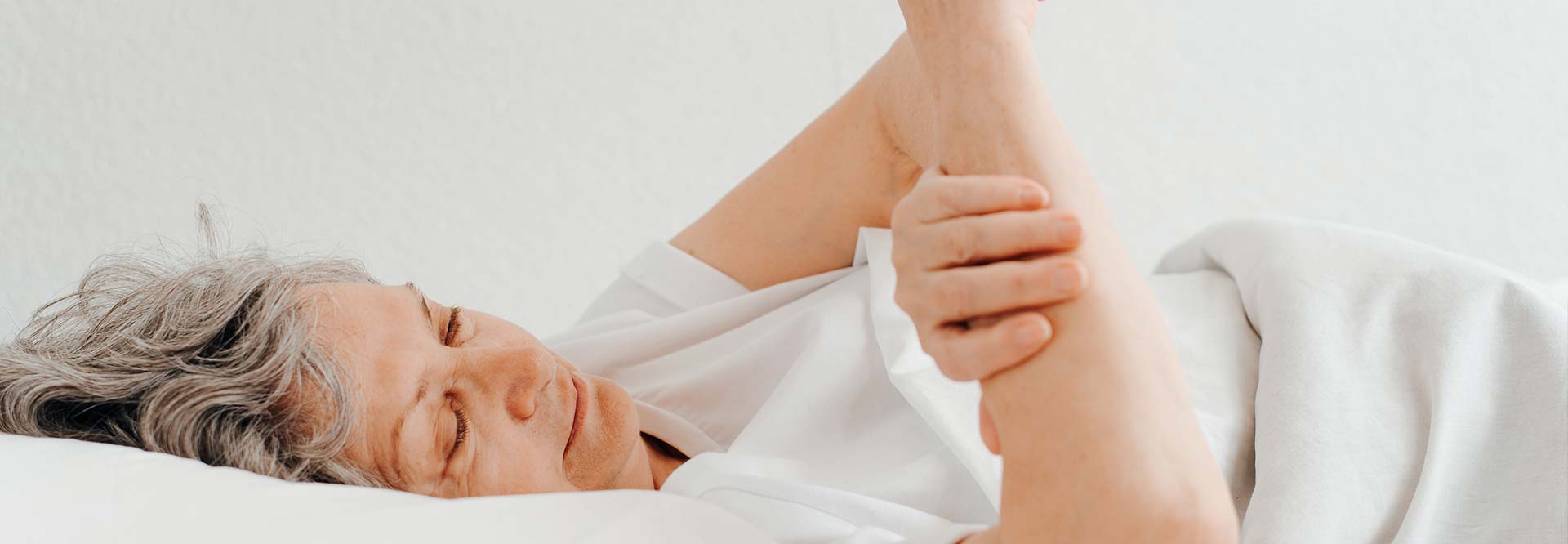
Skin breakdown is a significant concern in elderly care and poses risks of pressure ulcers, infection, and serious complications. Symptoms, varying from redness and swelling to open sores and infections, highlight the skin’s increasing vulnerability with age. Early detection and preventative strategies are important for managing and preventing this condition.
Skin breakdown refers to the deterioration of skin integrity, resulting from prolonged pressure, friction, shear, moisture, or a combination of these factors. Skin breakdown in the elderly often happens in those who are bedridden, use wheelchairs, or are unable to change positions independently, making them susceptible to pressure ulcers or bedsores.
Skin breakdown can also occur under medical devices, due to incontinence (leading to moisture-associated skin damage), or as a side effect of certain medical conditions affecting skin health. The process can lead to open wounds, infections, and other serious complications when not properly managed.
The breakdown of skin in elderly people manifests in symptoms reflecting the deteriorating condition of the skin, due to their increased vulnerability from reduced mobility, thinner skin, and underlying health conditions. Symptoms may include:
Prompt recognition and treatment of these symptoms are important to prevent further deterioration and promote healing. Regular skin inspections, maintaining good skin hygiene, ensuring adequate nutrition and hydration, and using appropriate support surfaces are essential in managing and preventing skin breakdown in the elderly.
Skin breakdown can manifest in various ways, depending on its stage, cause, and location on the body. Here’s a general description of what skin breakdown may look like:
Initial Stages:
Progressing Stages:
Advanced Stages:
Complications:
Early detection and treatment are essential to prevent progression and promote healing. Regular skin inspections and preventive measures help to manage the risk of skin breakdown, especially in vulnerable populations like the elderly or those with limited mobility.
Common sites for skin breakdown in the elderly often align with areas under pressure due to limited mobility or constant contact with surfaces. Locations include:
To mitigate risk, use preventive strategies like regular repositioning, use of specialized support surfaces, maintaining skin hygiene, and ensuring proper nutrition and hydration. Early skin checks are vital for effective management and treatment.
Skin breakdown in the elderly results from various interrelated factors:
Addressing these factors through care plans prevents skin breakdown in this vulnerable population.
Treating skin breakdown in the elderly emphasizes pressure relief, meticulous wound care, and moisture management. Frequent repositioning and the use of specialized support surfaces can alleviate pressure on vulnerable areas.
Wounds should be gently cleaned and dressed with materials that promote healing, taking steps to keep the skin dry, particularly in the presence of incontinence. Nutrition and hydration are important for skin repair, as well as nutritional supplements. In cases of infection, antibiotics are administered.
Pain management, the protection of at-risk skin, and ongoing monitoring of the wound’s progress are essential. Educating caregivers and seniors about skincare and prevention strategies is advised. Consulting with specialists, like wound care experts and dietitians, can enhance the treatment plan, ensuring healing and prevention of future breakdown.
Preventative measures, like regular position changes, maintaining skin hygiene, and using protective barriers, are essential to manage risk and promote skin health.
Transferring an elderly person from their current care facility due to bed sores or skin breakdown may become necessary due to the condition’s severity and the specialized care it demands. Advanced skin breakdown often requires expert wound management, only available in hospitals or specialized centers with expertise and resources for effective treatment. Skin breakdown can escalate into serious complications, including life-threatening infections like sepsis, MRSA, cellulitis, or other illnesses, which need a facility capable of providing intensive care and proper medical intervention.
A transfer allows for a thorough health assessment, enabling a holistic care plan that addresses nutrition, mobility, and underlying health issues with input from wound specialists and geriatricians. Beyond physical health, specialized facilities can better ensure the patient’s comfort, manage pain, and support overall well-being. The decision to transfer should consider the patient’s condition, the facility’s capabilities, and anticipated benefits of specialized care, prioritizing the health and safety of the individual AND the other residents in the facility.
Discover the key differences between retirement homes and assisted living to help you choose the right care for your loved one’s needs.
Discover the key differences between retirement homes and assisted living to help you choose the right care for your loved one’s needs.
Discover the key differences between retirement homes and assisted living to help you choose the right care for your loved one’s needs.
Learn the risks of leaving a dementia patient alone, legal responsibilities, care strategies, and how to plan for their safety.